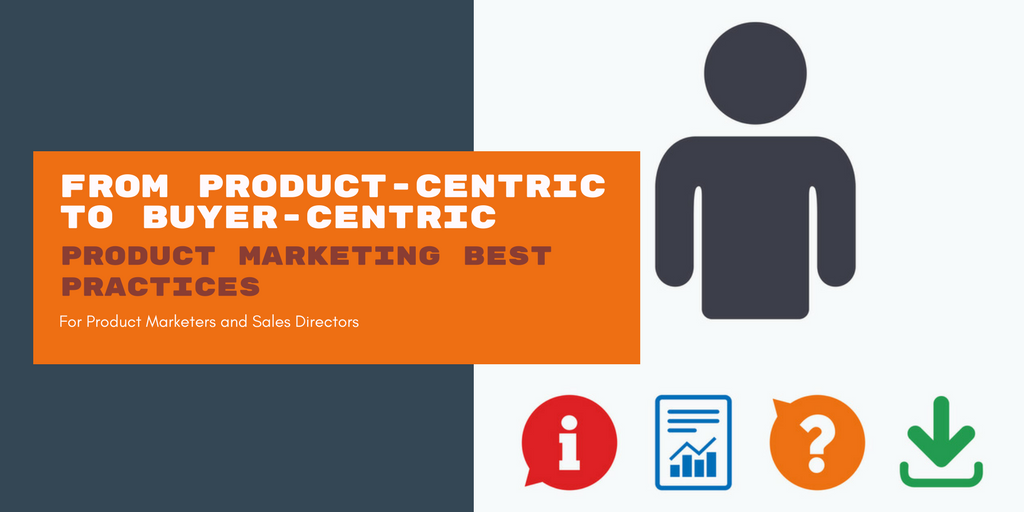In any sales driven company it is easy for marketing and sales content to become very product-centric. After all, isn’t that what product marketing is all about – marketing your product? What many people to fail to recognise is that in many cases the product is the last thing on your buyer’s minds. Instead they’ve a myriad of other drivers that will influence their buying decision; the product itself is probably one of the last things they are interested in content for.
This post offers a bit of a recap on best practice for product marketing. No doubt for some it may seem like I’m trying to ‘teach you to suck eggs’, but I think that often we become too wrapped up in our products and sales targets to really think about what our customers want.
Product Marketing Best Practices
Know your buyer
Buyer personas are essential if you are to create any product marketing content of value. Once upon a time it may have been possible to fit buyers to your product, broadcasting your product’s merits and persuading them that this is what they want. No more! Buyers have ample opportunity to search for exactly what they need, finding solutions that are a good match and address their pain points, criteria and constraints.
The challenges and key drivers your buyer has that your product is aligned with, may be business critical or personal. Your buyer personas need to detail what key stakeholders need from your product to be successful; not just resolving problems or improving performance within their companies, but also helping them achieve or overcome their own professional challenges.
Know what success looks like
For your sales team success looks like targets hit, profits on an upward trajectory, and bonuses being awarded. For your buyer success will look like something completely different. Having a view of what success looks like to them will help you align product marketing content with this end vision and help them see how your solution can enable them to achieve their objectives.
Know what the buyer journey looks like
No doubt you have a sales cycle mapped out; you know what content to share at each touch point, what actions need to be taken and how to push the buyer towards close. But has your buyer signed up to this sales timeline? They will have their own buyer journey mapped out including where they get recommendations and information from, what information they need to move on to the next stage, which internal and external stakeholders they are influenced by, and their buying cycle.
As a product marketer you need to get insight into this so you can align your buyer experience with them. You will need product marketing content that educates and provides insights into the options available to them (to address a challenge or achieve certain objectives); content that educates them about your product and how it can do this for them; content that validates what you say and provides social proof that your solution is a good fit; and content that converts them into customers.
Know what content works
The biggest challenge for any product marketing team is knowing what content is converting. Actually, that is probably the second biggest challenge. The first is to get sales to use the content.
In a previous blog post I look at how to measure the performance of your product marketing content, and explored the problem of getting visibility on what is being used, what is being read and what is converting.
The solution, in my opinion, is to use a content repository that the product marketing team can stock with content assets and that the sales team can share with their buyers from one place. Cloud based sales portals / content repositories ensure that sales reps can find the up-to-date content they need, and also provides product marketing with full visibility on how these assets are being used and how they perform.
Insights and metrics gleaned from the analytics can then be used to understand what product marketing content sales are using proactive – and to question why some content is overlooked – and also understand what the buyer, and other decision makers, are reading. With these insights it becomes easier to align new content assets with the needs of your buyers.
This brings us full circle back to knowing your buyer. These analytics will help you understand the buyer persona better, and improve each buyer journey accordingly.
As always, I’m interested to hear your thoughts on this subject. Leave a comment if you agree, disagree or have something you want to add.

